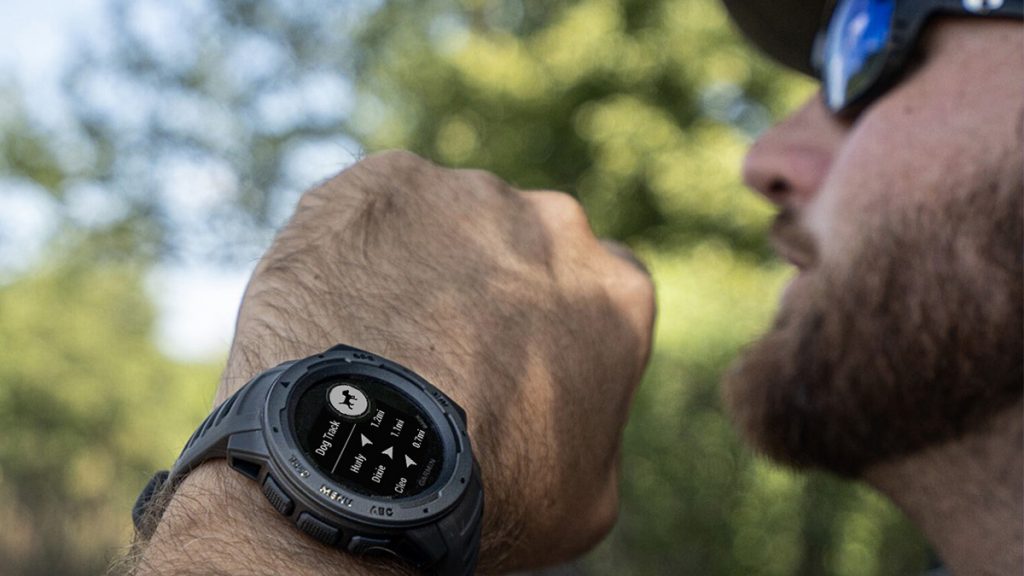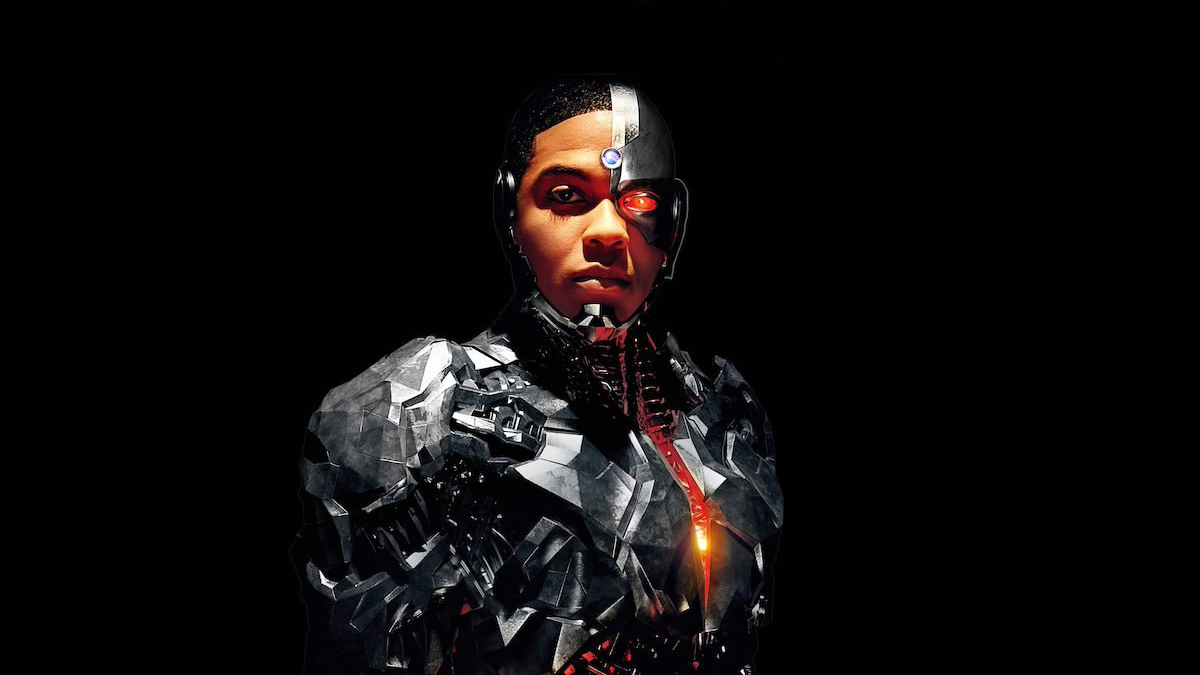The world of the metaverse absolutely astounds us with every new article from BeyondGames.biz and it is the current enfant terrible of everything futuristic and prescient.
But what if I take you back to a time when Meg Ryan, Dennis Quaid and Rick Moranis went Innerspace? Navigating the human body as a universe? That’s nuts. What if I told you that this exploration of ourselves – as everything from the battery to an antenna or even a device – is an ongoing project and is therefore a definite possibility in the metaverse?
Have I gone mad?
Nope. Not at all. These things are real and they’re helping us to do a bunch of stuff. They are called wearables. But what are wearables? I’m not talking about digital fashion or avatar customisation (you can read more about digital fashion here). Wearables are phygital objects, items or even garments that use the human body as a dynamo, an action point or a monitor.
‘Borg Me Baby (One More Time)
Let’s jump forward ten years from Innerspace: Britney Spears released her first single, and Microsoft became the biggest company in the world. We actually went to the cinema and watched Godzilla, trying to forget that Jamiroquai and Puff Daddy (feat. Jimmy Page) somehow soundtracked this movie (what is life?). Buffy the Vampire Slayer was big, and we asked Santa Claus to give us a Furby. Yes, 1998 was quite a year.
But it was an even bigger year for the metaverse. The Cyberpunk prophecies of the ‘80s and early ‘90s were becoming more and more of a possibility. And that possibility started at Reading University in the United Kingdom.
Step forward Professor Kevin Warwick: legend, Super Man, and the only other future-gazing crazy person (alongside me) who was just minding his own business. So, yeah, he was just developing the first phase of his Project Cyborg. Project what? In order to understand what this groundbreaker and game-changer in research would become, I suppose it’s a good starting point to examine who Cyborg is.

Marv Wolfman and artist George Pérez created a fictional character and superhero for DC comics in 1980. Affiliated to everybody from Teen Titans to Justice League and Doom Patrol, Victor Stone first appeared as a test subject for various intelligence projects. Poor Victor was a guinea pig for his parents’ experiments, but as his IQ grew to genius levels he began to turn on his mistreatment. Victor Stone, ever augmented, moves between his physical human entity into first Cyborg, and then emerges as Cyberion, becoming less human and more connective to technology, especially the Technis planet.
A key takeaway from Cyborg’s story arc is how he lives between man and machine, but, moreover, how he’s never comfortable being between two worlds yet somehow finding a usefulness in what has been created or connected for him. One might find similar parallels in, say, Wolverine and his experiences at Alkali Lake. But Cyborg’s body-as-a-motherboard idea is fairly significant to the fiction of science and the outcomes of future gazing hopes and dreams.
The Mental Judo of “I know Kung Fu”
I’m sure we’ve all dreamt of being connected to the Matrix, haven’t we? Having handhelds and small smartphone devices to play games, for example, is about as close as we might get in today’s world. But Professor Warwick went deeper, harder, and focused on the possibility of becoming the Victor Stone of his own volition.
He created a series of phases that would transition human and machine both as a research project and as something that moves out of theory and into the present, the reality, that tangibility that satisfies our curiosity as something more metaversal. In positing the idea that a device inside a human could interact with the human nervous system in the brain directly, Professor Warwick started with an electronic transponder chip implanted into his arm; it was a wireless device that sent out information based on the question it received.
The transponder was no bigger than a coin, inserted under the skin. Connected to the nervous system (neural) it would be able to do whatever Professor Warwick programmed it to do. If you don’t know what I mean, you’ve certainly seen those delivery drivers who are able to pass through gates without needing to get out of the van or open a window, usually because of a barcode or something that is read on the windscreen of the van by the gate sensor. Well, simply imagine in this situation that Professor Warwick is the van and the barcode is the transponder chip inserted under his skin.
“If we can use the brain as an interface for study, what else can we do with the humble microchip? Control brains? It’s gonna get all Total Recall up-in-here real quick”
Interestingly, the transponder enabled Professor Warwick and his team to gather information on computers directly connected to it – and using the internet he was able to do anything that he’d programmed the chip to transpond, anywhere. Doors would open, lights would turn on and the speaker system in the building would send a greeting to him. This middle-man design was lacking only in delivery, not in execution.
Most importantly – and a key breakthrough for Project Cyborg – was that the chip was not rejected by his body. Like Victor Stone’s parents, he decided to go a little deeper. This time to his brain via his nervous system. Even smaller than a coin and this time resembling something of a comb with teeth, it was implanted – inserted directly into the median nerve on his arm. Planning and mapping the chip as one might a game controller, Professor Warwick was looking to do everything from controlling a robotic arm in his lab by the power of physical movement, to communicating nervous system to nervous system with his wife.
The art of placing items under the skin is nothing new. I have a tattoo, which is an alien substance to the blood flow in my endodermis, so it could be considered an implant, right? Additionally, people have other things implanted in their bodies for either recreational or ritualistic use. Is Project Cyborg really that significant in 2021?
Information gathered from those initial two test phases in 1998 and 2002 have given us a great deal of hope in being able to measure and examine ourselves from the perspective of health and medtech – if you wear a Fitbit or a Garmin Instinct watch, you have the potential to begin your Victor Stone (or Kevin Warwick) journey.

Brain Raves
Luciana Haill is an enigmatic artist, researcher and lecturer in neurofeedback, or, yeah, brainwaves as art. She uses her experiences as her own guinea pig in this field to create visualisations of what’s going on inside her head. Always volumetric (using the Kinetic4 Lidar camera), her brainwave art allows her thoughts to paint upon a digital canvas showing us more than ever before an intimacy in all that she thinks about as a mass medium.
Her work intersects mixed realities, neuroscience, telematics, and the unconscious to make mental processes visible from dreams to nostalgic recall. But this form of ephemeral portraiture through monitoring the brain’s EEG signal is a deeper recall. Having suffered from viral meningitis as a teenager, her brain has become something more powerful and meaningful than paper, canvas, ink, and paint – not just to her, but to anyone who witnesses her installations and her art. As the CEO of IBVA Brain Machine, she brings the discussion of the metaverse closer to the digital and physical self, using interactive brainwave visual analysis.
The Internet of Everything
Therefore, can wearables bring us closer to the universe inside of us? In a word or two: hell yes. What can wearables do for us right now, though? Project Cyborg intended for implants to help us control the world around us, and so many others look at this as lazy. Not people from my generation though, because we were the remote controls for VCRs in our living rooms. Everything is evolutionary, so why shouldn’t our bodies be part of that careful evolutionary process?
Ethics, probably. Neuralink, is an example of where Prof Warwick’s theories come directly into question. If we can use the brain as an interface for study, what else can we do with the humble microchip? Control brains? It’s gonna get all Total Recall (1990) up-in-here real quick. But, in essence, Neuralink wants to advance technology to understand and treat neurological disorders. Comparatively, at the opposite end of Professor Warwick’s studies is the perpetual need to microchip dogs and cats, and even the suggestion of chipping children!
Shouldn’t technology always be there for the power of good? That’s what we want from the post-Neuromancer/Snow Crash/Ready Player One/Minority Report state of the metaverse.
It’s very clear that Project Cyborg plays a massive part in the Internet of Things. Are wearables really lazy science or are they an unavoidable overlord of IoT? The Internet of Things describes physical objects that are embedded with sensors, processing ability, software, and other technologies, and that connect and exchange data with other devices and systems over the internet or other communications networks. It’s a phygital world and it needs that physical presence to make digital work.
“Wait a minute, this sounds like the transponder-chip-thingy again,” you’re saying. And you’re right. It is. It’s also true that we are still a long way away from being able to find doctors who will participate in inserting transponder implants into ourselves. Even Professor Warwick himself had a difficult job trying to find a surgeon who would operate upon such a crazy premise. But I’m also really interested in what transponder implants can do for accessibility and wider inclusion subjects. Professor Warwick was able to control, for example, an electric wheelchair, and today through charities such as SpecialEffect we can quite clearly see the impact that adaptive devices have on our community is bringing the terms able and disabled into almost obsolescence.
And so how would we ultimately protect that information? How could we keep that info as close to our digital selves as we possibly can – and should we? I leave that for another article but give it some thought when you’re burning around the metaverse with various Tech Bro APIs.

My big question remains: what is the role of wearables in the metaverse? Will you give yourself over to digital systems for doing like Professor Warwick did? Will you dip your toes in casually for fun? Because with everything from Fitbit and Garmin to teledildonics and VR, we’re exploring ourselves as the motherboard of all that we create and measure.
The human body is the imaginarium of the things that keep us alive and curious about ourselves and each other, to entertain and motivate us to be the best versions of ourselves in the metaverse.
Kelly lives and breathes everything Beyond Games as a futurist and self-described creative badass. And as an experienced game developer, she's worked on titles such as Tomb Raider, Halo 3 and Candy Crush.



































